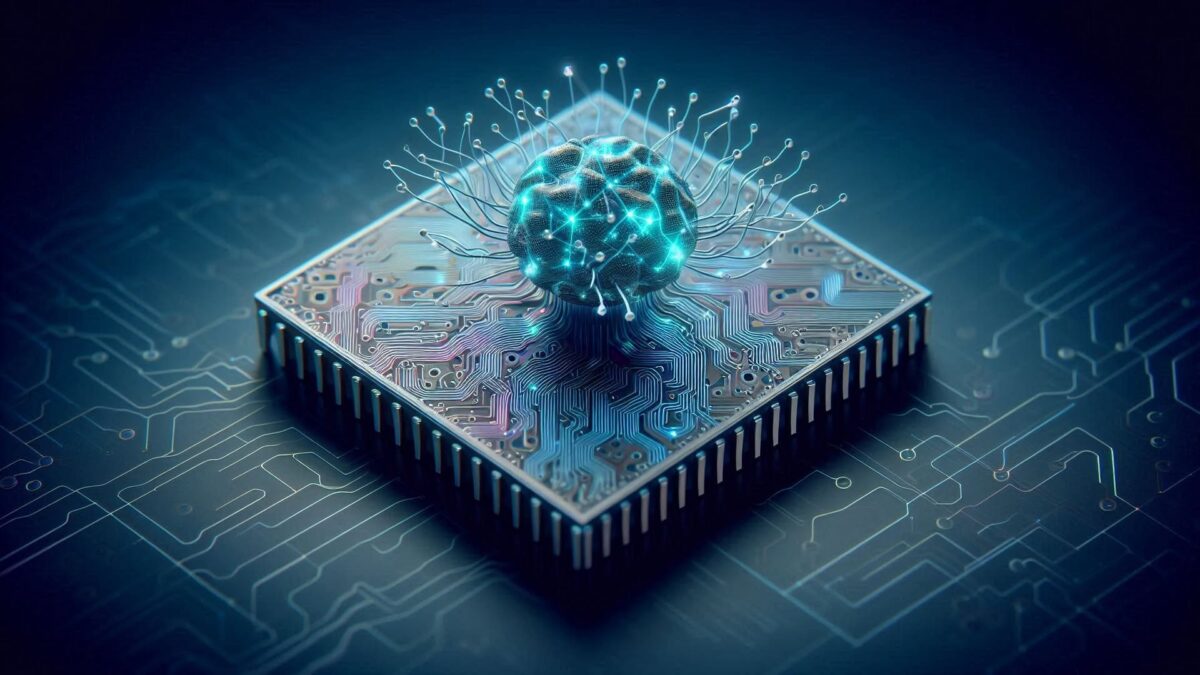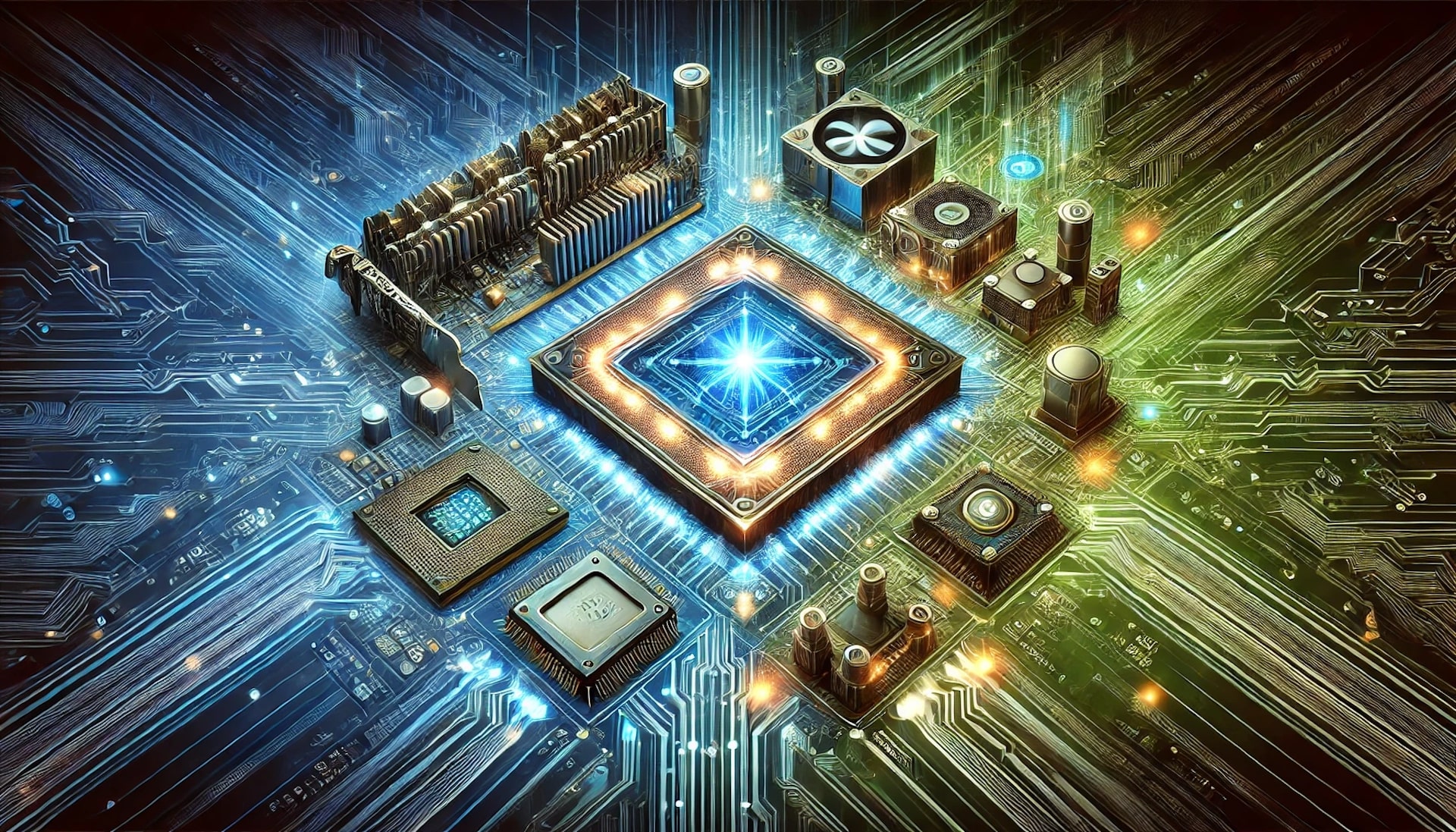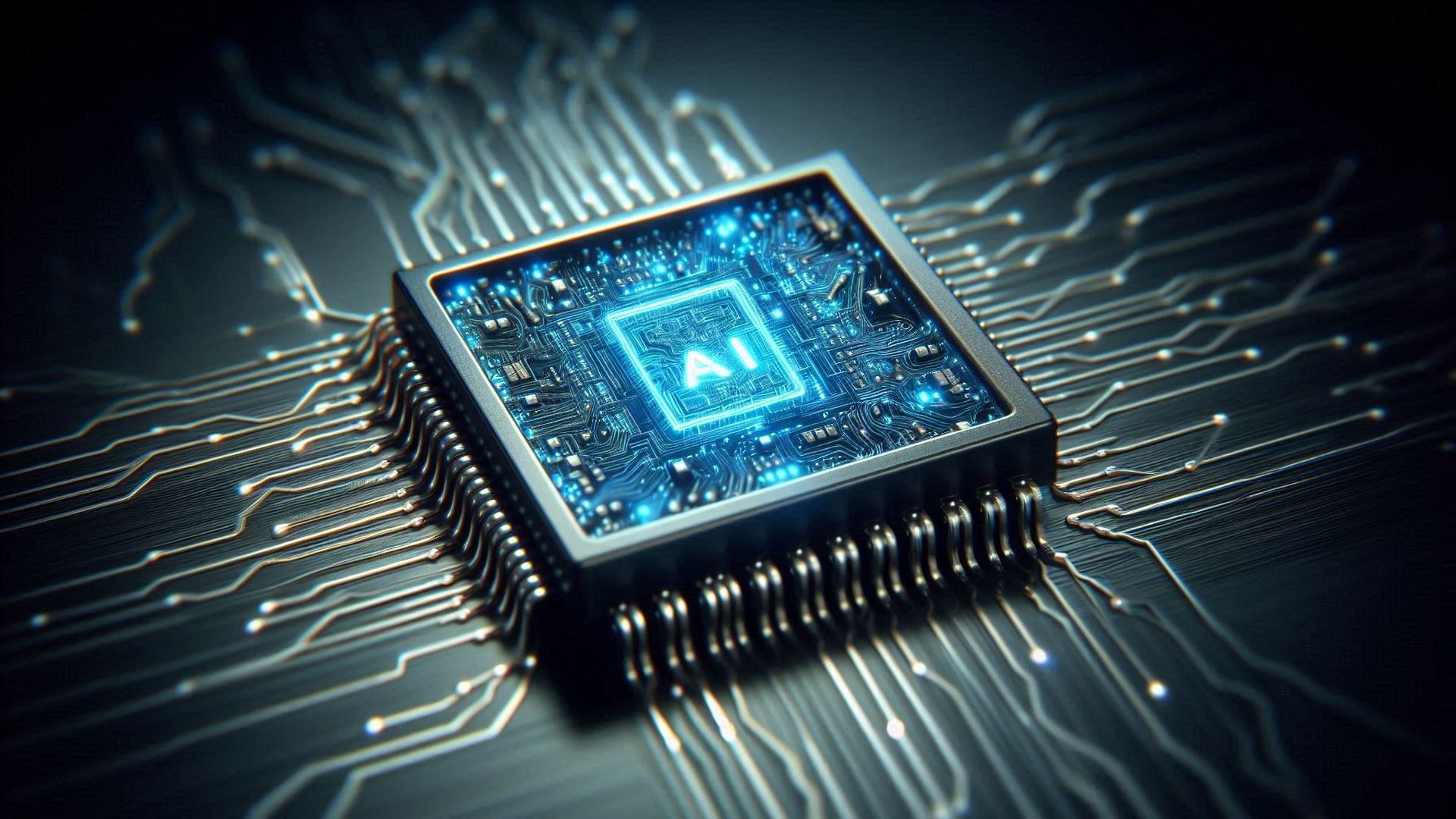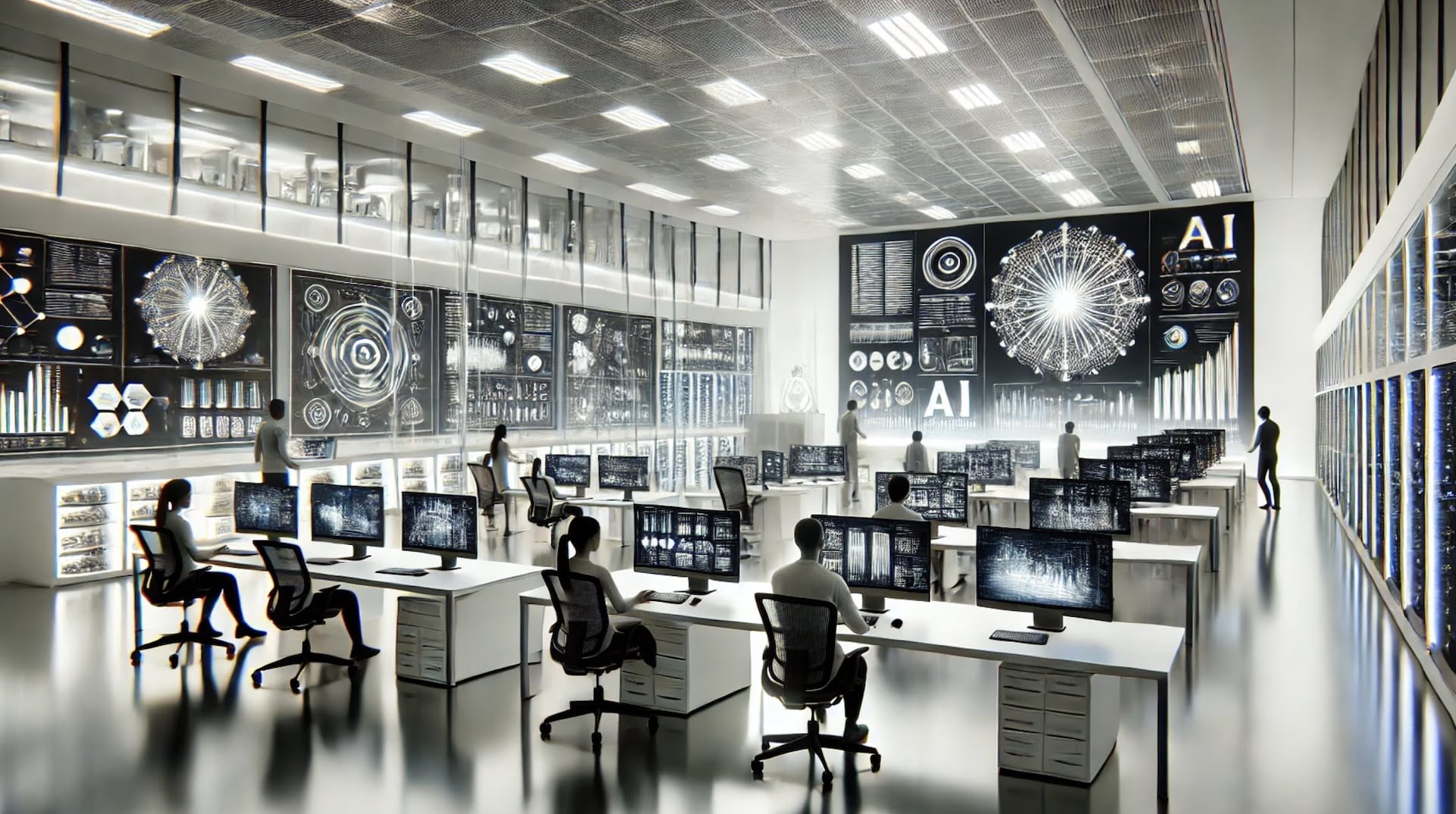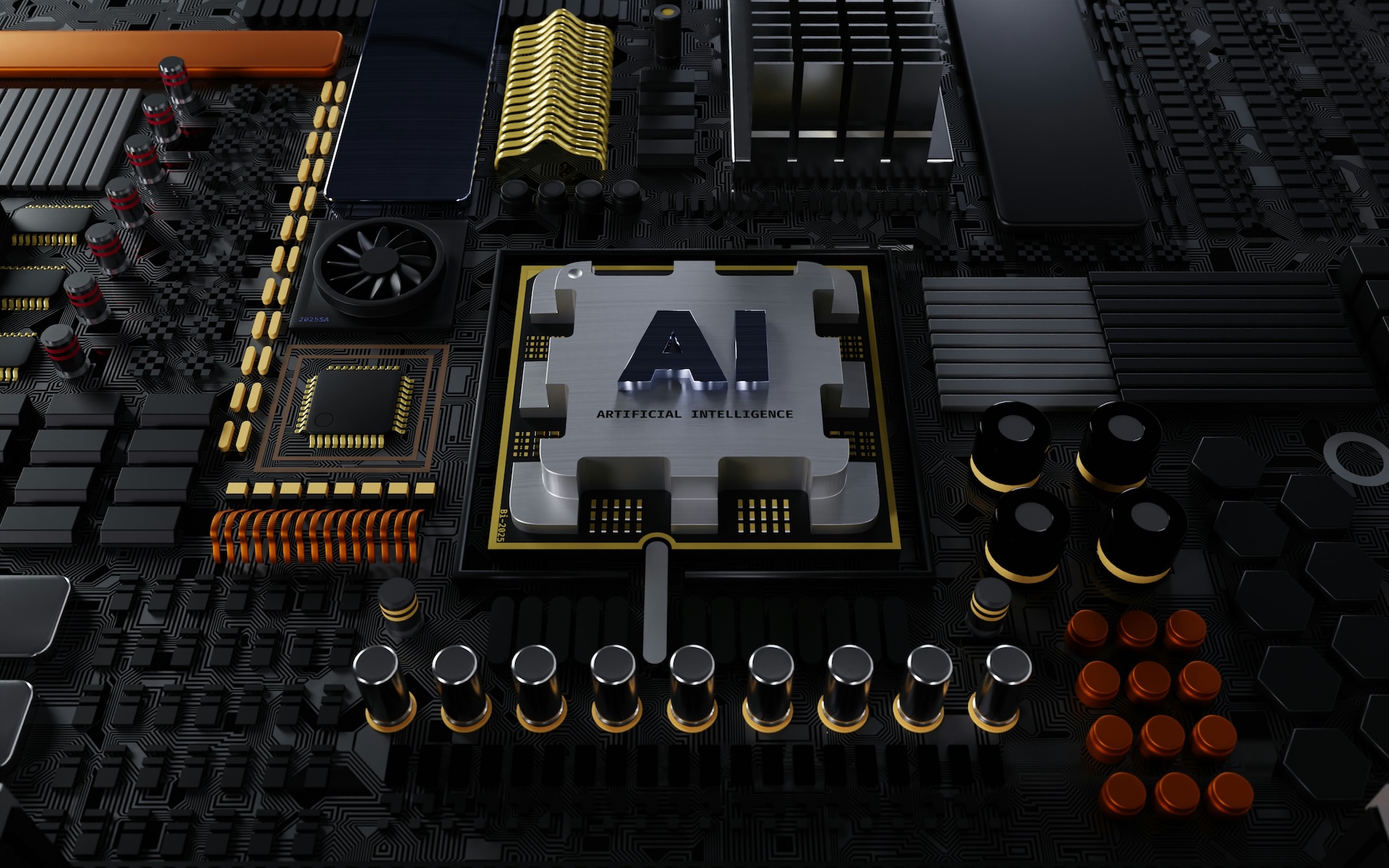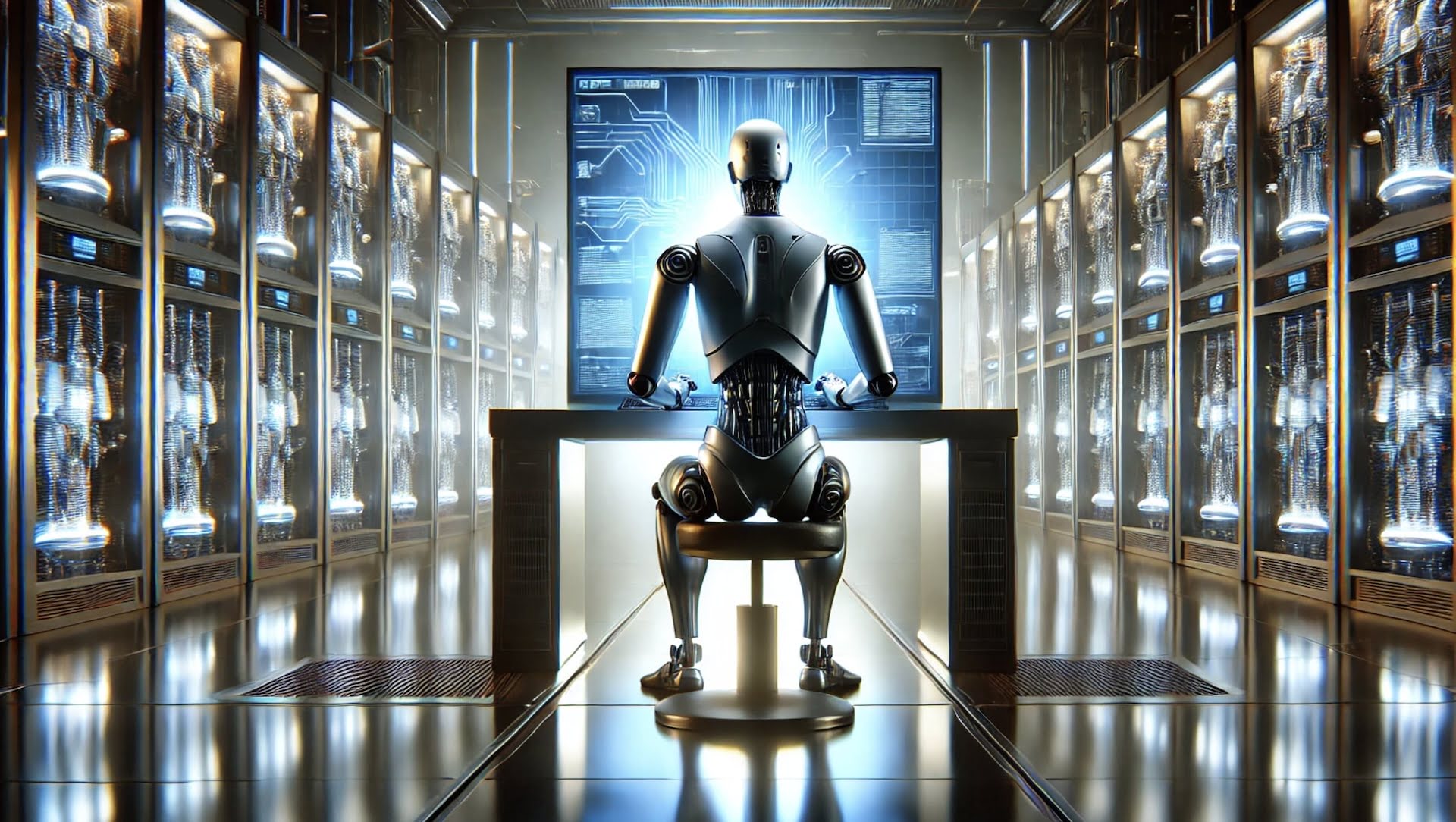Artificial intelligence (AI) is becoming a big part of our daily lives, from voice assistants on our phones to self-driving cars. But running AI tasks quickly and efficiently can be tricky. That’s where the Neural Processing Unit (NPU) comes in. So, what exactly is an NPU, and why is it important for the future of technology?
In this AI hardware guide, we’ll explain what NPUs are, how they work, and why they’re becoming essential for AI applications. We’ll also look at some of the most powerful NPUs today and how they compare to other processors like CPUs and GPUs.
What is an NPU (Neural Processing Unit)?
An NPU (Neural Processing Unit) is a special type of processor built to handle tasks related to artificial intelligence (AI) and machine learning (ML). While traditional processors like CPUs (Central Processing Units) and GPUs (Graphics Processing Units) can run AI models, NPUs are specifically designed to do this way faster and more efficiently. They’re built to handle complex mathematical calculations that are common in deep learning models, such as those used for recognizing images, understanding speech, or predicting data patterns.
What does an NPU do?
Here are the key features of NPUs:
- Parallel processing: NPUs are masters at handling many operations at once. They can divide a big AI task into smaller parts and process them simultaneously. This is ideal for things like real-time facial recognition or analyzing video feeds.
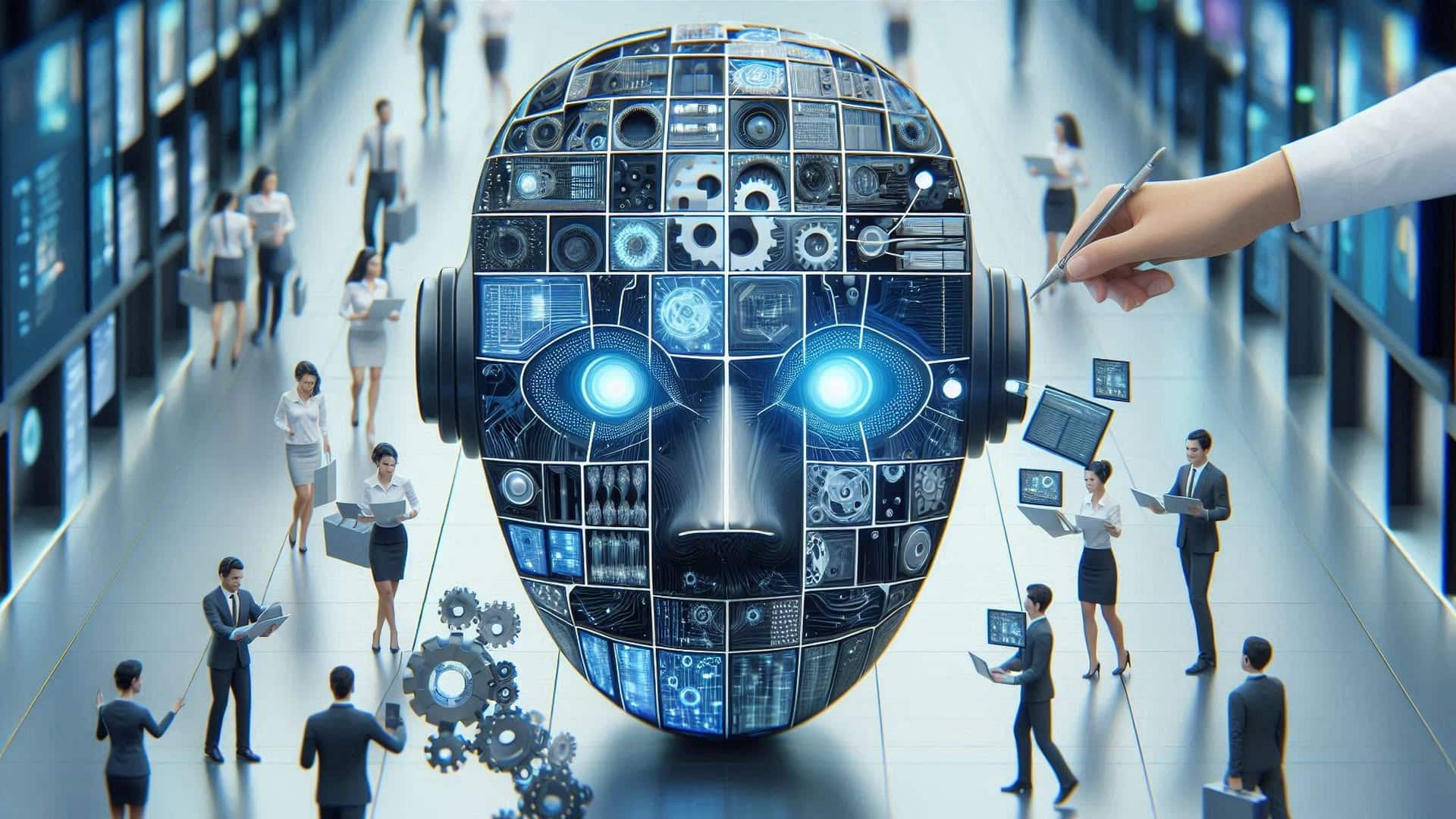
- Efficient memory use: NPUs have fast and efficient ways of transferring data between different parts of the chip, which minimizes waiting times. This is crucial for handling large models, like those used for image recognition.
- Low precision calculations: Unlike CPUs, which use high-precision math, NPUs can perform calculations with lower precision (like 8-bit instead of 32-bit). This speeds up tasks and saves power, which is good for most AI tasks that don’t need extreme accuracy.
- Special AI commands: NPUs use custom instruction sets designed for AI. This means they can run deep learning algorithms more efficiently, skipping unnecessary steps that a general-purpose processor would normally do.
- Built-in AI support: Many NPUs come ready to work with popular AI tools, like TensorFlow and PyTorch, which makes them easier for developers to use.
- Energy efficiency: NPUs are specifically designed to run AI models without consuming a lot of energy, making them ideal for use in battery-powered devices like smartphones, wearables, and even electric cars.
NPUs are integrated into a wide range of applications: in smartphones, they improve camera quality, enable efficient voice assistants, and support real-time language translation; in self-driving cars, they process data from cameras and sensors to make instant driving decisions; in data centers, they support massive AI models that handle millions of user requests; and in IoT devices, they make smart home gadgets more responsive by processing AI tasks locally. Additionally, NPUs are transforming healthcare by enabling faster and more accurate analysis of medical images and are crucial for robotics, helping machines recognize objects and make autonomous movements in factories and other environments.
How NPUs Work?
NPUs mimic the human brain’s way of processing information using artificial “neurons” and “synapses.” Here’s a simple breakdown:
- Simulating neurons and synapses: NPUs have digital neurons that communicate with each other, similar to how brain cells work. They adjust their connections (weights) to learn and improve over time.
- Matrix math: Neural networks often require lots of matrix operations (like grids of numbers being multiplied together). NPUs use special hardware to handle these calculations super efficiently, which is crucial for tasks like analyzing images.
- Activation functions: NPUs have dedicated circuits to handle activation functions (like ReLU or sigmoid) that decide how signals should be processed through the network.
- Self-learning ability: NPUs are designed to get better over time by learning from new data. They adapt to handle new AI tasks effectively, making them highly versatile.
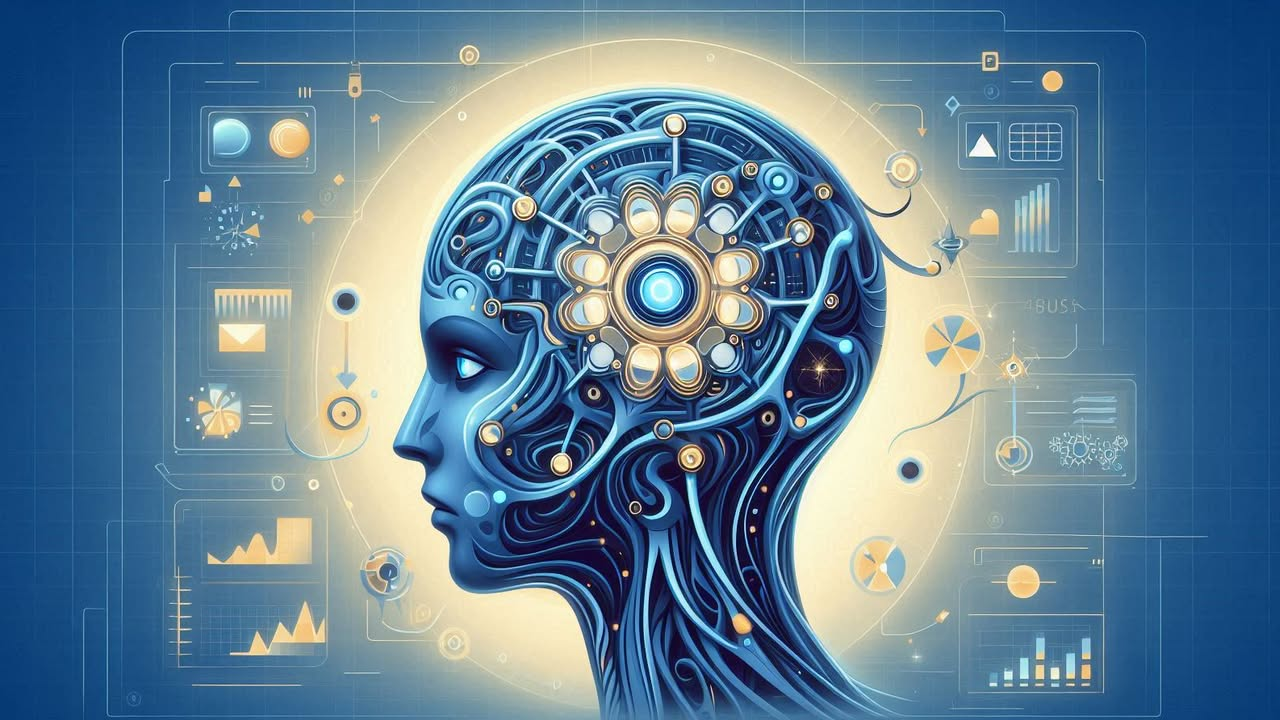
Are NPUs actually useful?
As AI technology becomes more common in everyday gadgets, from smartphones to self-driving cars, there’s a need for processors that can handle these tasks quickly and without using too much power. NPUs are a solution to this problem because they:
- Speed up AI processes: NPUs complete calculations very fast, especially for deep learning and neural networks.
- Save energy: What is an NPU’s impact on energy consumption? It provides high performance with much less energy compared to traditional processors.
- Reduce delay (latency): NPUs can perform tasks locally (on the device itself), which reduces the need to send data to external servers for processing.
What is an NPU’s main advantage? It excels at parallel processing, making AI computations faster and more efficient.
What is the most powerful NPU? Examples to look for
Determining the “most powerful” NPU (Neural Processing Unit) can depend on the specific requirements of a given application. However, based on current advancements in technology, several NPUs stand out as top contenders:
- For data center-scale AI:
- NVIDIA H100 Tensor Core GPU: One of the most powerful AI accelerators available, the H100 is designed for large-scale AI workloads such as training and inference for language models, computer vision, and high-performance computing (HPC) tasks. What is an NPU’s contribution to AI systems? It helps systems adapt and learn from data, improving their accuracy over time.
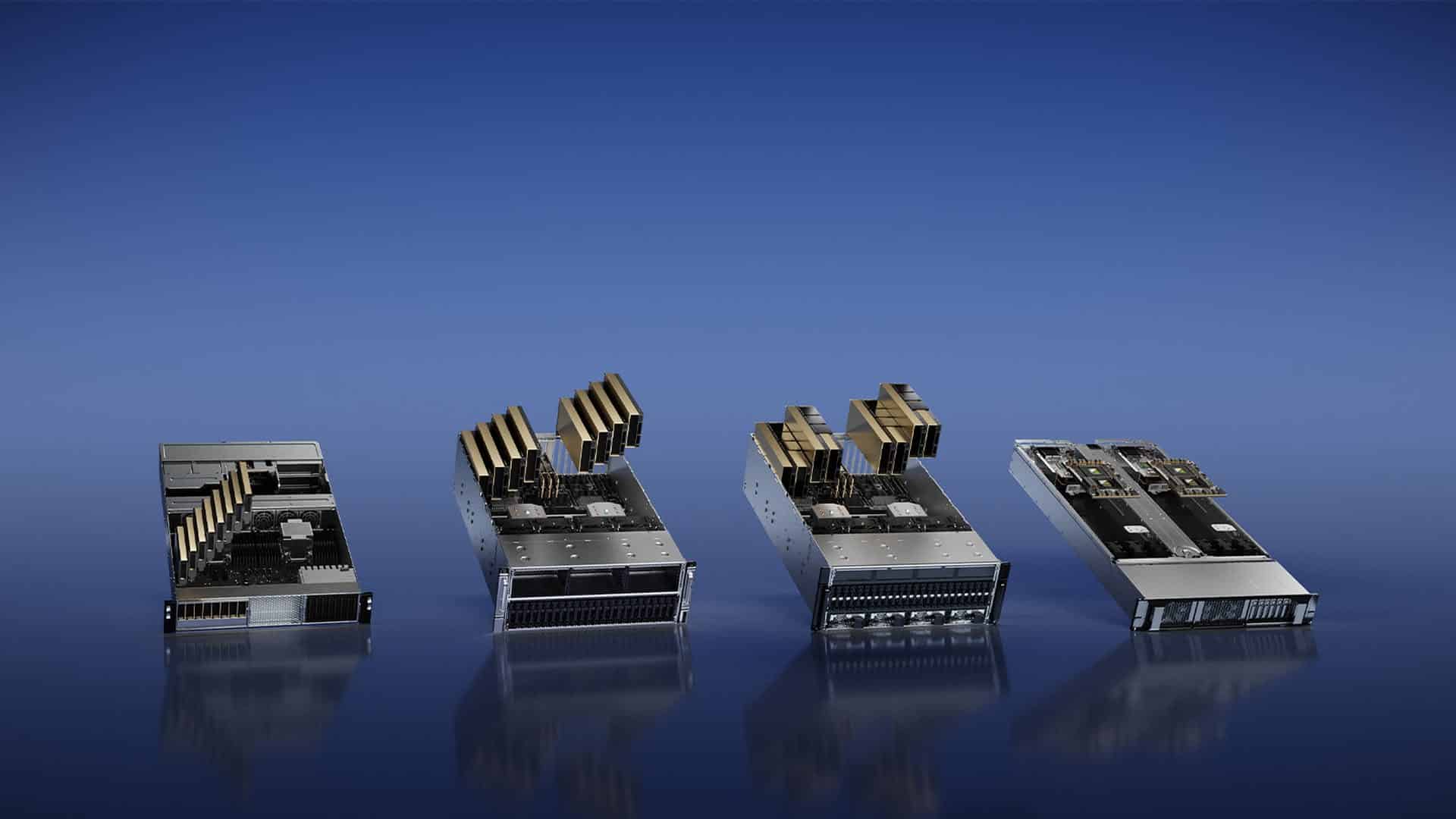
- For edge AI and mobile devices:
- Qualcomm Snapdragon X Elite: Known for delivering up to 45 TOPS (Tera Operations Per Second) of AI performance, this NPU is ideal for handling demanding AI applications on mobile devices and edge devices, offering a balance of power and efficiency. What is an NPU’s function in smart cameras? It processes image recognition tasks in real-time, enhancing user experience.

- Other Notable NPUs:
- Google Tensor Processing Units (TPUs): These are specialized accelerators optimized for machine learning, particularly for large neural networks, and are widely used in Google’s cloud-based AI applications.
- Intel NPUs: Intel has been enhancing its AI capabilities with powerful NPUs integrated into their latest CPUs, focused on improving AI performance within general computing environments.
NPUs compared to CPUs and GPUs
| AI component | Role | Strengths | Limitations |
| CPU (Central Processing Unit) | The “brain” of the computer, managing all computing tasks | – Highly versatile – Handles a wide range of tasks | – Struggles with parallel processing for AI – Not efficient for deep learning |
| GPU (Graphics Processing Unit) | Originally designed for rendering images and video, now used for parallel computing | – Excellent at parallel processing – Great for training deep learning models | – High power consumption – Less efficient for specialized AI tasks |
| NPU (Neural Processing Unit) | Purpose-built for efficiently running AI and neural network tasks | – Extremely fast for AI calculations – Energy-efficient – Reduced latency | – Limited to AI and ML workloads – Cannot perform general computing tasks |
What is an NPU’s strength? It handles matrix multiplication and convolution operations faster than traditional processors.
Can NPU replace CPUs & GPUs?
No, an NPU (Neural Processing Unit) cannot fully replace a CPU (Central Processing Unit) or a GPU (Graphics Processing Unit), as each serves a distinct role. The CPU handles general-purpose tasks and system operations, the GPU specializes in parallel processing for graphics rendering and computational tasks, and the NPU is designed specifically to accelerate AI-related functions like deep learning and image recognition. While NPUs excel at AI workloads, they are not suited for the broad range of tasks handled by CPUs or the parallel processing of graphics-intensive tasks managed by GPUs. Instead, NPUs complement CPUs and GPUs in modern systems to enhance performance, especially for AI applications.
Are NPUs the future?
Yes, NPUs are seen as a key part of the future, especially with the rise of AI and machine learning. They are highly efficient at accelerating AI tasks, making them ideal for applications like self-driving cars, smart devices, and robotics. While CPUs and GPUs are still necessary for general computing, NPUs will play an essential role in powering faster, more efficient AI processing in the future.
Now you know what is an NPU in detail! Want to explore more? Check out what is AI hardware.


